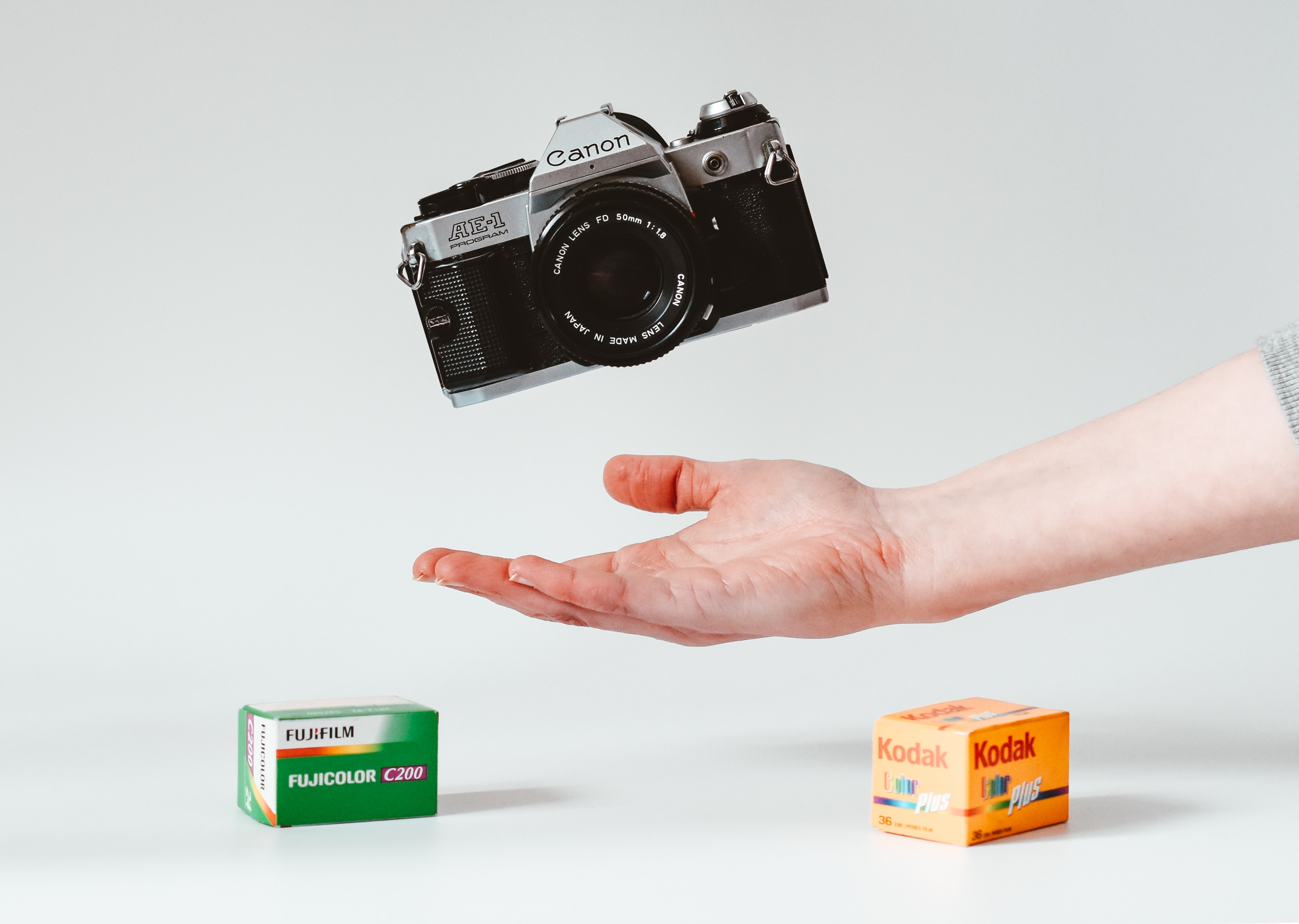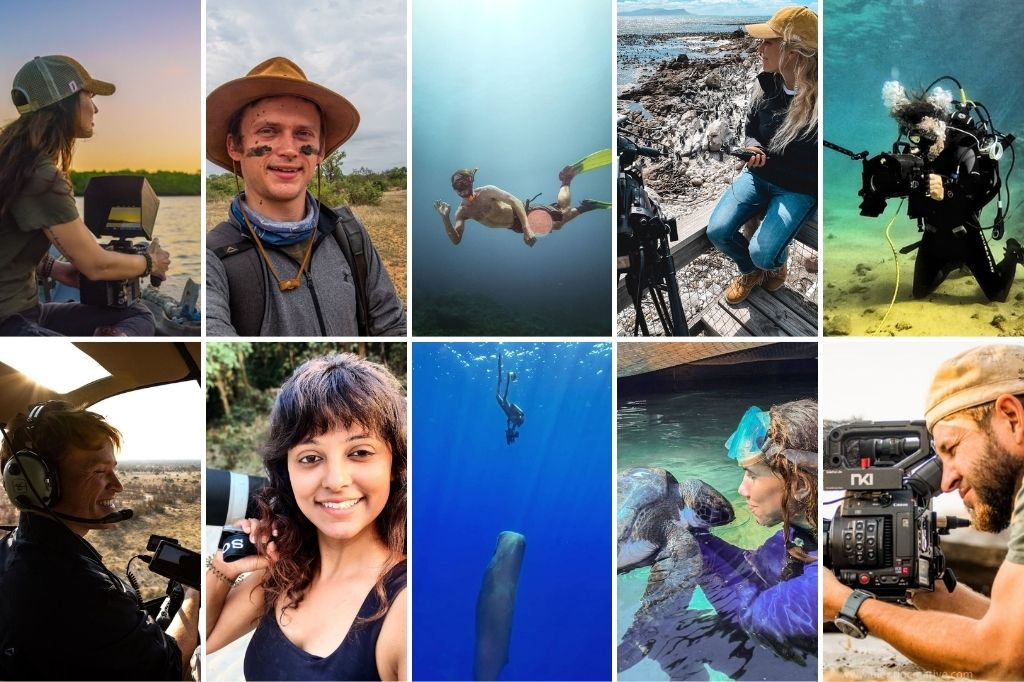Watch this National Geographic documentary about photographer Steve McCurry’s process of shooting the last roll of Kodachrome.
When Kodak announced that they would be discontinuing their Kodakchrome reversal film in 2009, National Geographic photographer Steve McCurry approached them and asked if he could have the last roll of film off the production line.
Doing what they do best, a team from National Geographic documented Steve’s last 36 exposures with Kodachrome film.
Steve photographed the famous Afghan Girl cover for National Geographic Magazine in 1984 on Kodachrome film, and indeed spent the majority of his film career shooting on Kodachrome, claiming that it offers the best version of reality due to its unique colours.
The retirement of Kodachrome, and its K-14 process was a significant event, as unlike the more standardised E-6 and C41 processes for reversal and print films respectively, the K-14 process can not be done in a darkroom at home. Thus, while there might be stocks of Kodachrome left in freezers around the world, the only way to make use of it would be to cross-process the film in regular black & white developers, resulting in a monochrome image – not what the vivid slide film was intended for. In fact, processing Kodachrome in colour developer may even melt the film.
Steve’s slow and deliberate method of shooting the last roll of Kodachrome can serve as a lesson to all of us to slow down a bit, and consider our subjects – as if we’re shooting the last 36 shots on a discontinued film.








